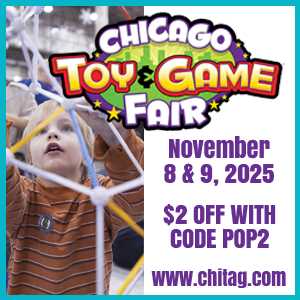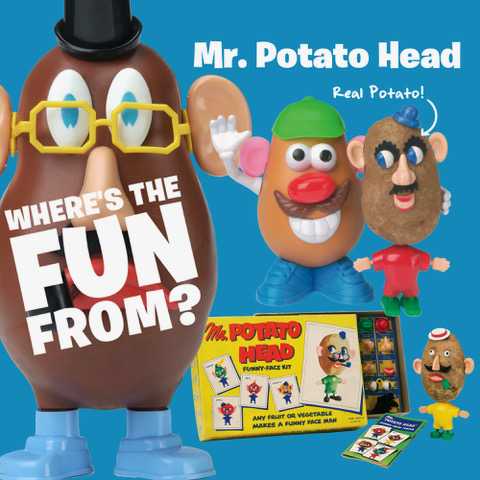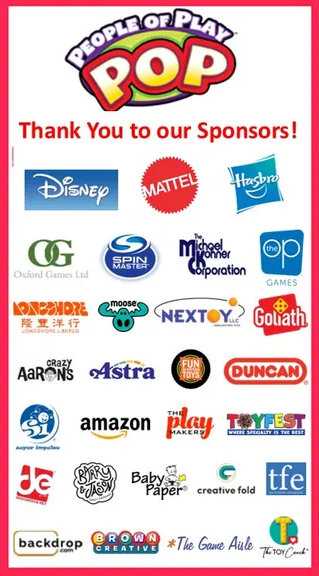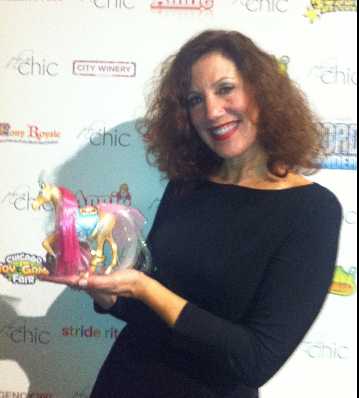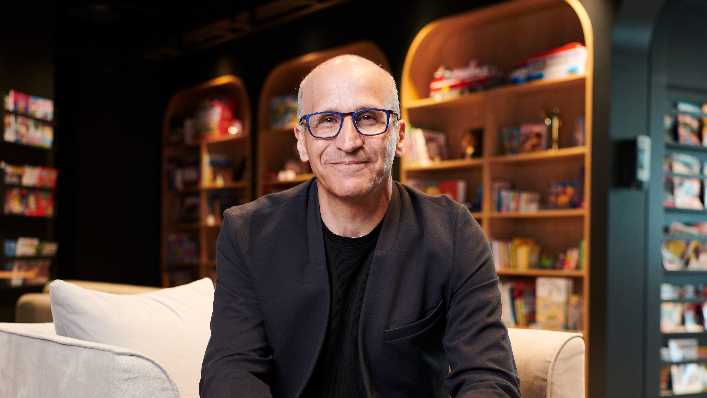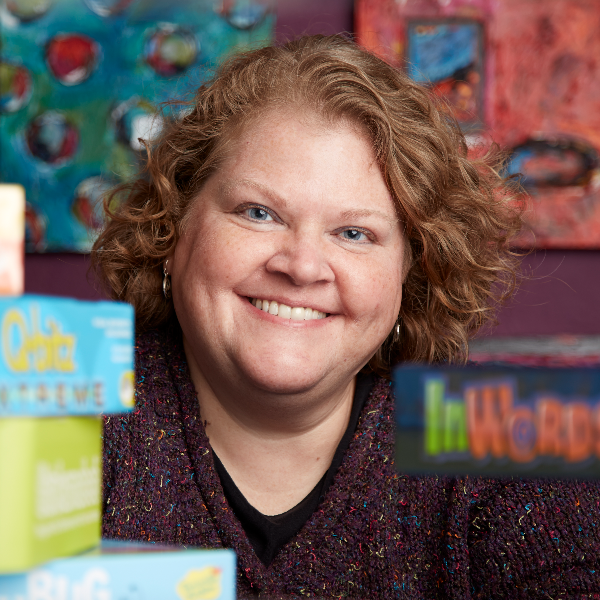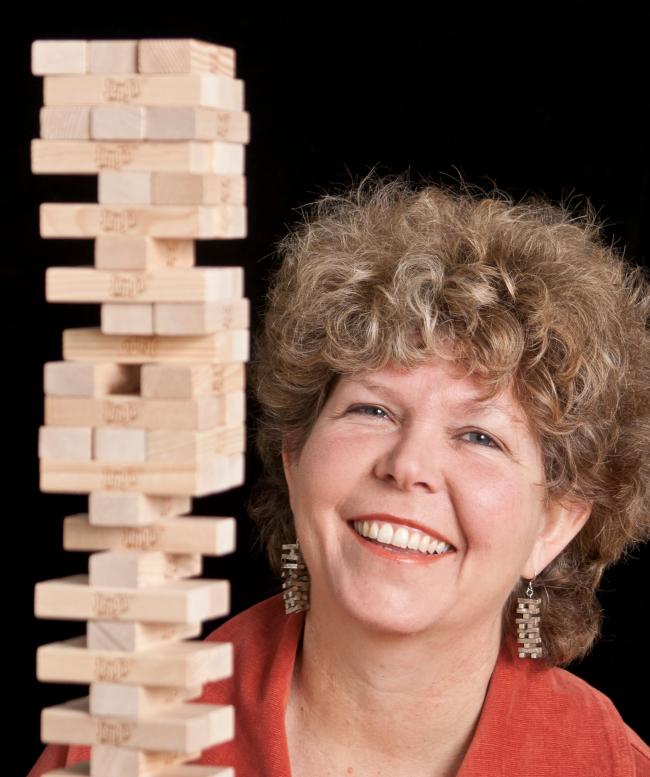Licensing tech for a consumer product. Lessons Learned.
by John Ellis | 23 Mar 2023
Inventor Tips and Tools
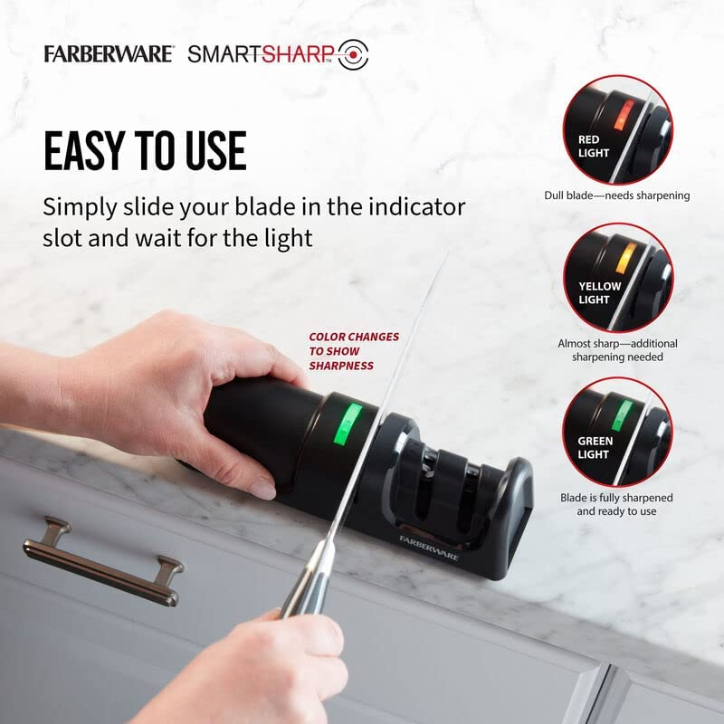
As long time optical design consultants, Optics For Hire has designed products for hundreds of applications from LIDAR for self-driving cards to ophthalmoscopes to street lights, spectrometers and laser tattoo removal systems.
Our modeling work occasionally included toys, for example helping Mattel on the Barbie Photo Fashion Doll which includes a camera and small display, but we never say ourselves as having any special consumer product industry knowledge or insight.
That has changed over the past few years, and our company has developed a new relationship with the toy and consumer productions industry, this time as technology licensors and inventors.
Moving from ‘for hire’ design consultants has been a learning experience and below I’ll share some of the lesson’s we’ve learned.
Our window into licensing started because of a partnership with toy inventor and author Rufus Butler Seder, whose past success include the Scanimation ® book series. With Rufus we developed technology bring animations to life on spinning fan blades. This technology was licensed to Toy Smith initially and then later to Candyrific where it has flourished due to Candyrific’s entertainment industry relationships and broad distribution and Rufus’s animation skills.
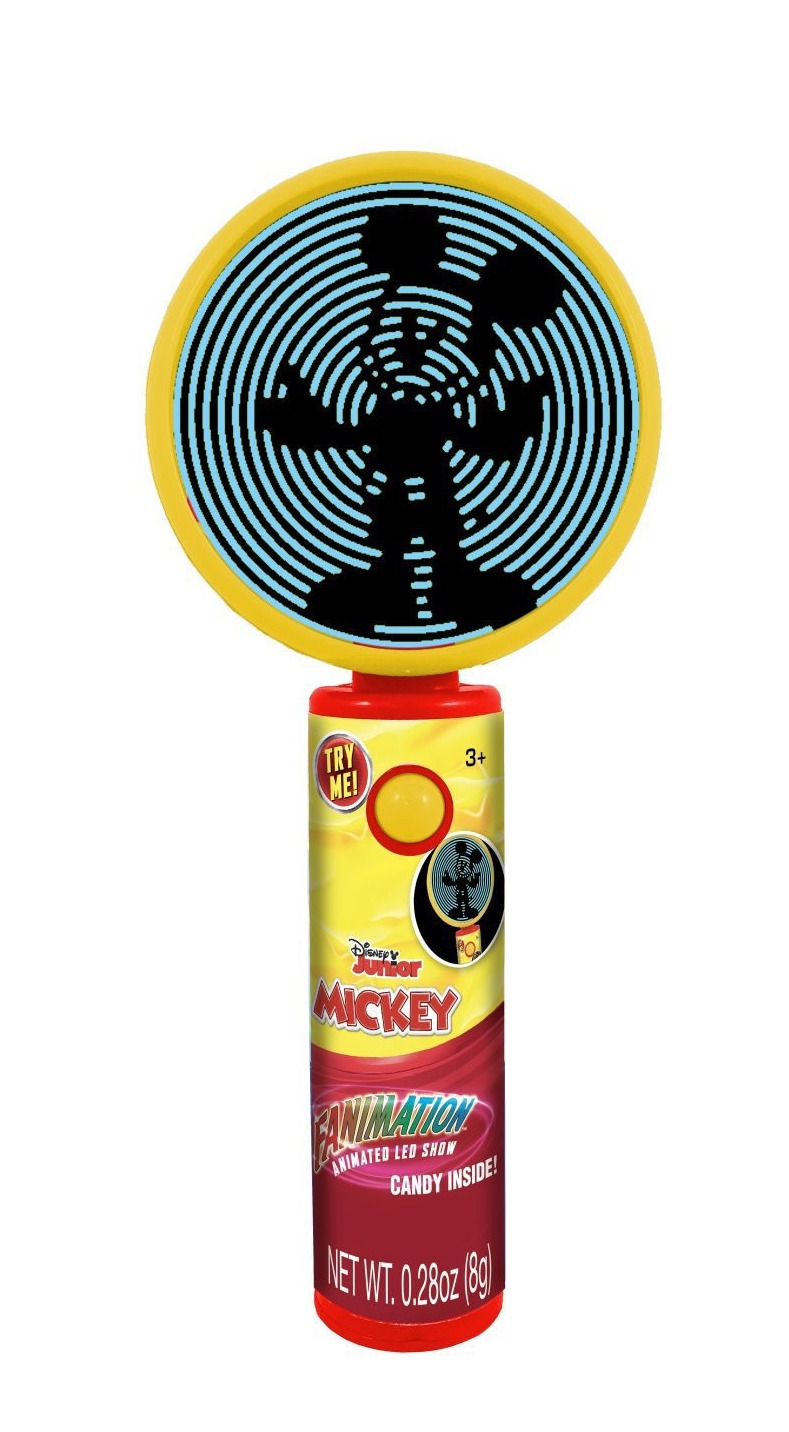
Once we saw the potential of a licensed success, we started to take more seriously our own ideas and think about how to package those concepts in a way that would attractive to potential licenses.
This meant asking ourselves important questions including:
- How do we explain and present our inventions?
- What will it cost to manufacture?
- Do we have a basis for filing for patents?
- What kinds of companies did we want to work with?
- What type of agreement should we seek?
The technology that seemed to us to have the broadest appeal was a method we developed to determine sharpness of cutting blade. The most common methods measuring sharpness are all subjective, so for more objective inspection we created an optical sensor with LED indicator to take the guesswork out of knife sharpening.
The basic idea of the sensor was to provide users with a method to determine when they need to sharpen a blade and track their progress as the knife moves from Red (Dull). to Yellow (Needs work), to Green (Sharp).
We started working on sharpness measurement- first on hockey skate blades - later on knives in 2018 and it took about year to get to a prototype we were willing to show outsiders. We began with camera based systems with built in image processing, but needed to move away from that to a simpler photo receiver and LED pair to reduce the bill of materials cost.
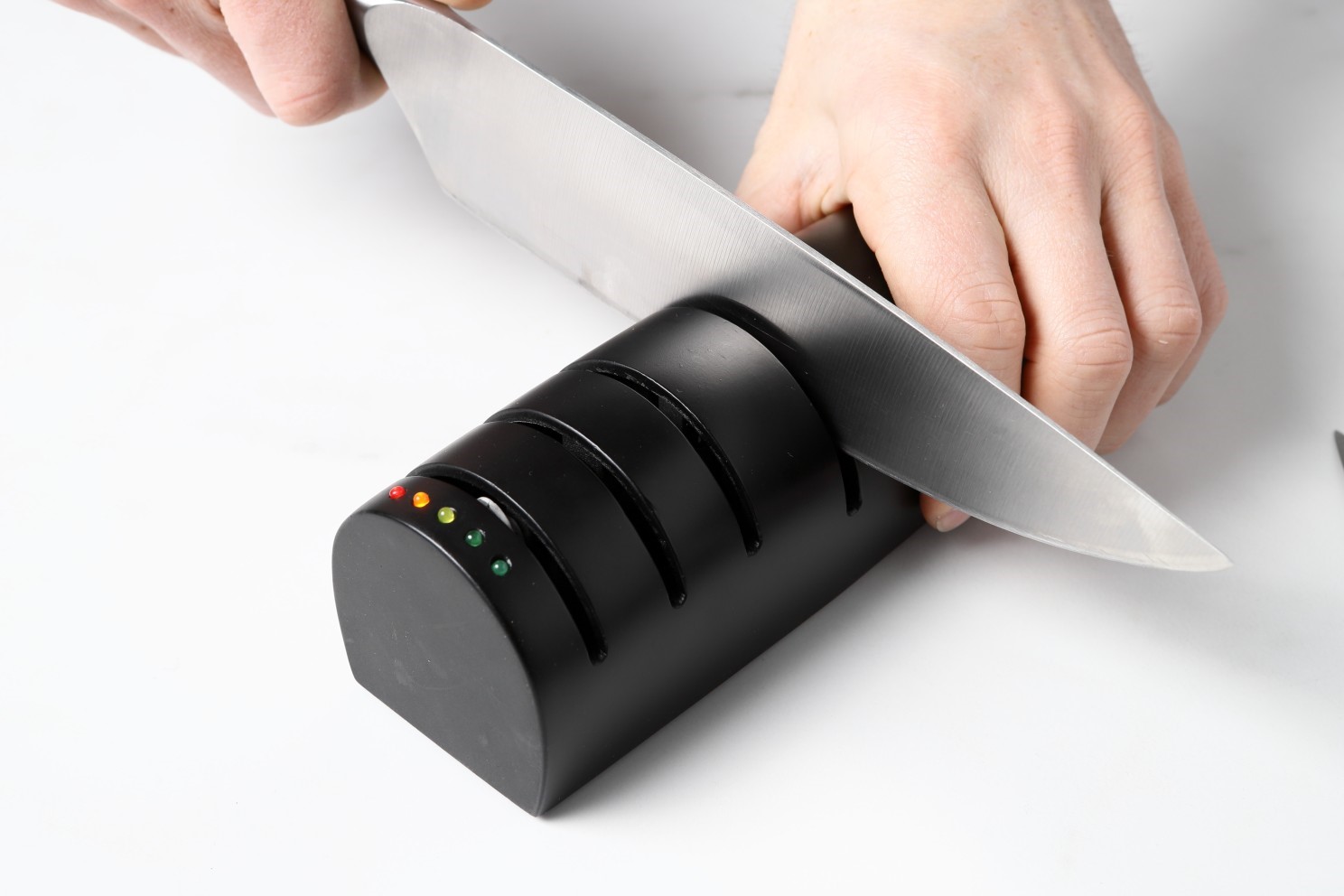
An early prototype is above
Our steps:
We had working prototype by 2019 and spoke to enough factories to be able to make well supported estimate of production costs, we also filed for patent protection, we are almost ready to try to find a partner. But we needed to present the technology in the best way possible.
Our first demonstration was a video of signals on an oscilloscope, this might have meaning to readers of this publication but got us nowhere with potential licensees. So, we hired a professional video firm in Ukraine to create this video to use in marketing.
Patents:
We filed our full non provisional application before talking to partners but in many cases a provisional is good enough. We did come to appreciate the addition time the provisional application allows. Once we filed for the provisional the clock was running on the international PCT process, and after the PCT was approved a new clock started running for the individual country applications. This forced us to make decisions about investing money in IP protection in multiple countries when we still didn't have a good idea of the market potential and no sales data.
Finding partners:
With video, pricing, and a patent application in hand we were ready to find partners in an industry in which we had no experience. Ideally our partner needed to have excellent distribution and relationships with major retailers, experience at new product launches including strong marketing and industrial design. The great part of licensing is your partner does all the hard work of manufacturing and selling, but you need to be confident that they will do a good job.
LinkedIn was the main tool to find specific people in kitchen and home goods companies to reach out to. Search terms like " open innovation", " new product development" and the company name helped narrow the field of prospects. Then we used cold emails, and cold calls to make the pitch. Many larger companies have an invention submission process and there are submission sites like MarketBlast® , but for this and other inventions I had more luck finding direct contacts and reaching out to them.
What we asked for:
Typical licensing rates are 3%- 10% for consumer products. If your licensee also licensing a brand name as well as your technology, you would expect a lower rate. For example, you have licensed a toy and your license rate is 5% but now your licensee has a chance to produce the same toy with branded with a Disney character. They might ask you to accept 3% (and you should say yes, because you will be compensated by higher volumes.)
The rate can also depend on whether you licensee is selling wholesale or direct to consumer, in a wholesale deal where the whole sale price is $10 and the retail price $20, you might reasonably be asked to accept 5% royalty for wholesale and 3% for any direct-to-consumer sales the licensee makes, given their higher selling costs.
It's been three and a half years from idea to product on the market and the whole process was a great learning experience. Hopefully the product will eventually find a place in the kitchens across the country. You can find it on Amazon: Farberware SmartSharp Knife Sharpener, with sharpness sensor and LED Light Indicator.
If you are interested in learning more of invention licensing, I recommend Inventor Confidential: The Honest Guide to Profitable Inventing, by Warren Tuttle. Warren was President of the United Inventors Association and was our contact on the sharpness sensing licensing agreement with Lifetime Brands.
About the author: John Ellis is the founder of www.opticsforhire.com His company's latest invention is a tool to find the lost edge of a roll of tape. It's called Roll Ranger .gif)
Recent Blogs
Recent Blogs
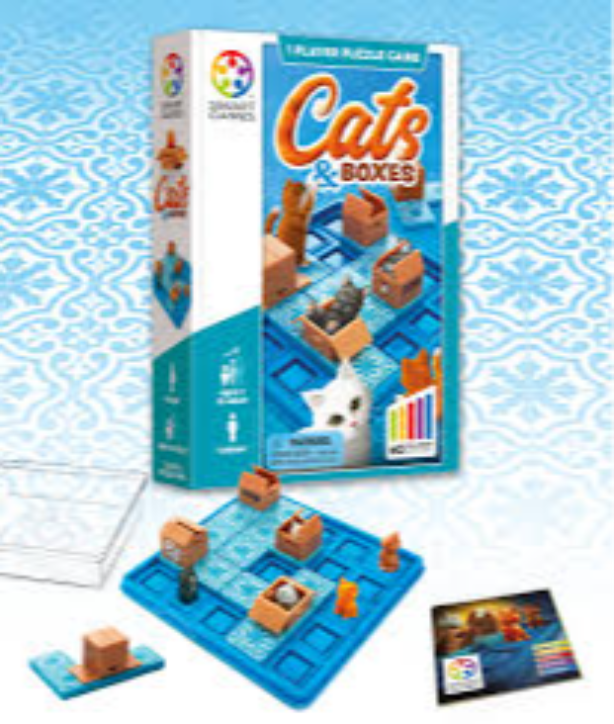
Reviews
Game Review: Cats & Boxes

Biographies and Interviews
Ana Maria, Founder of The Magical Underland Inc., Rings in the Holidays with a new kind of Christmas Tree
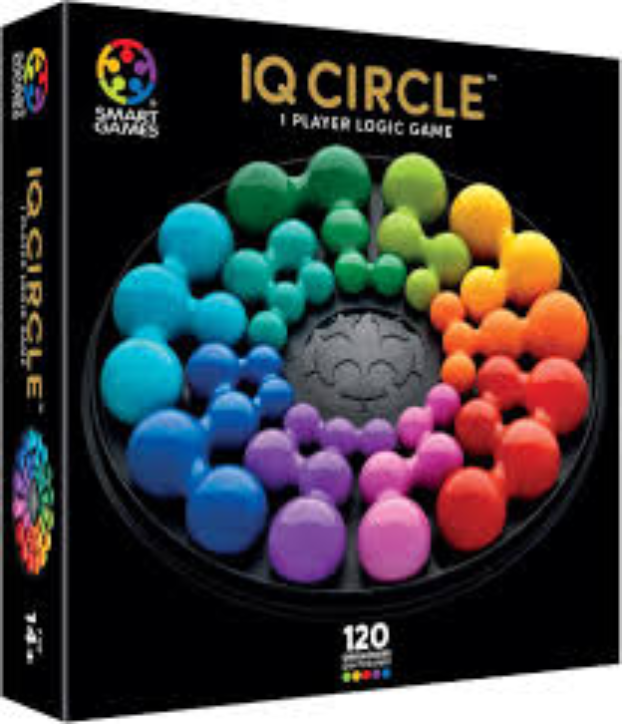
Reviews
Game Review: IQ Circle
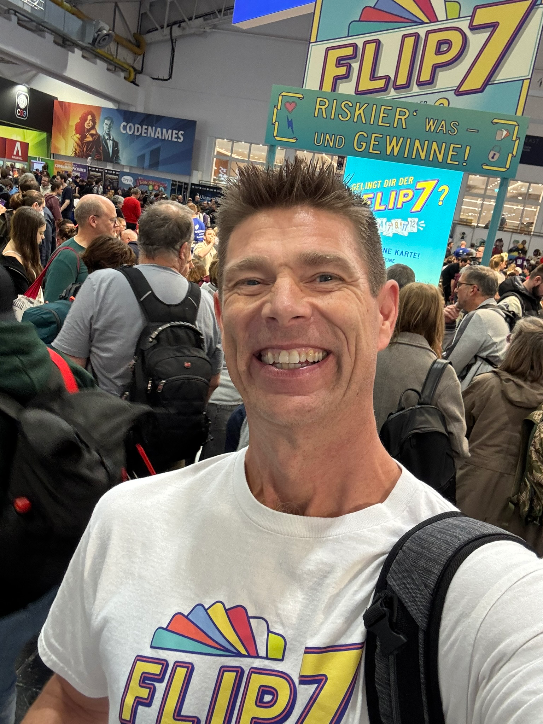
Biographies and Interviews
Catching up with Eric Olsen, The Inventor of Flip 7 and Co-Creator of Messy Table Games
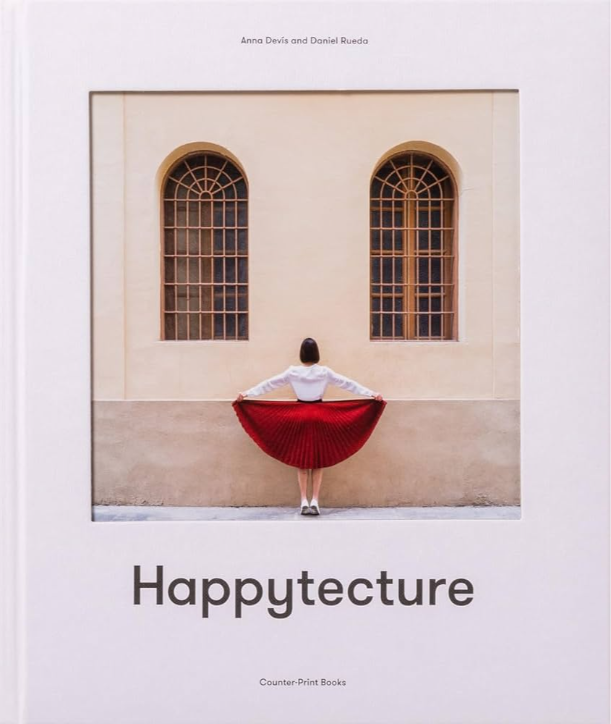
Reviews
Book Review: Happytecture by Anna Devís & Daniel Rueda
See more
Recent Wiki
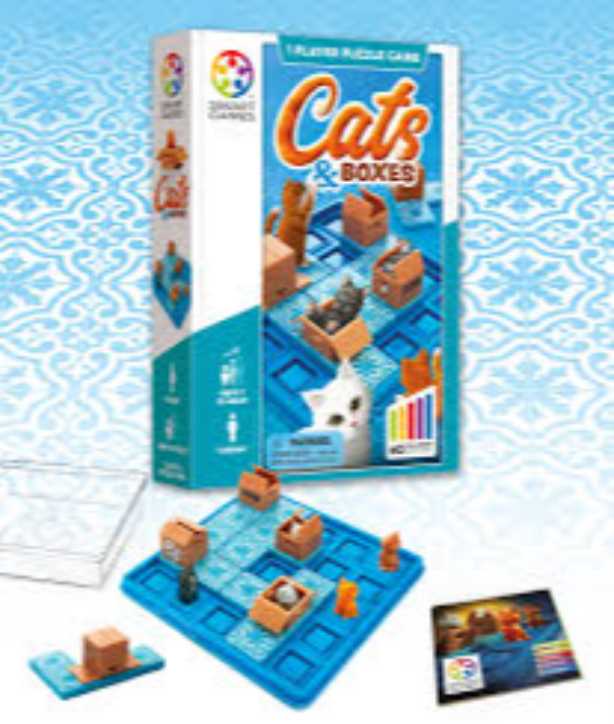
BOOK REVIEWS
Game Review: Cats & Boxes

PEOPLE
Ana Maria, Founder of The Magical Underland Inc., Rings in the Holidays with a new kind of Christmas Tree
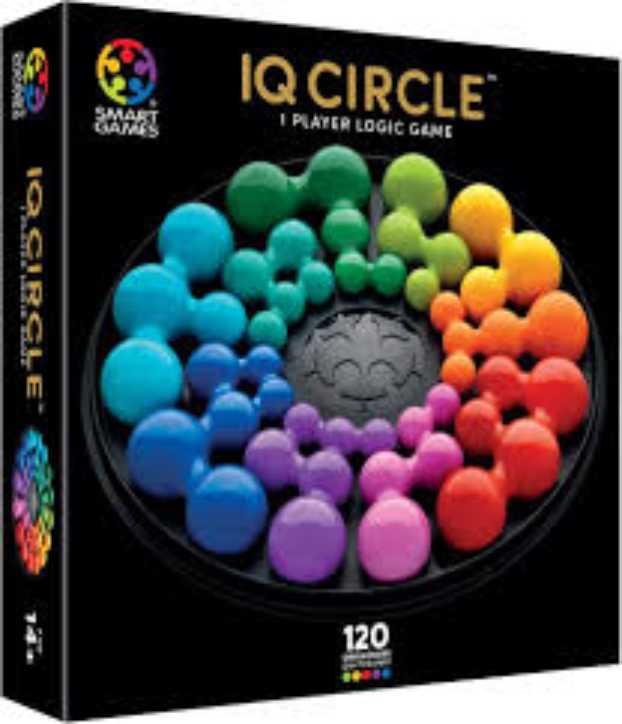
BOOK REVIEWS
Game Review: IQ Circle
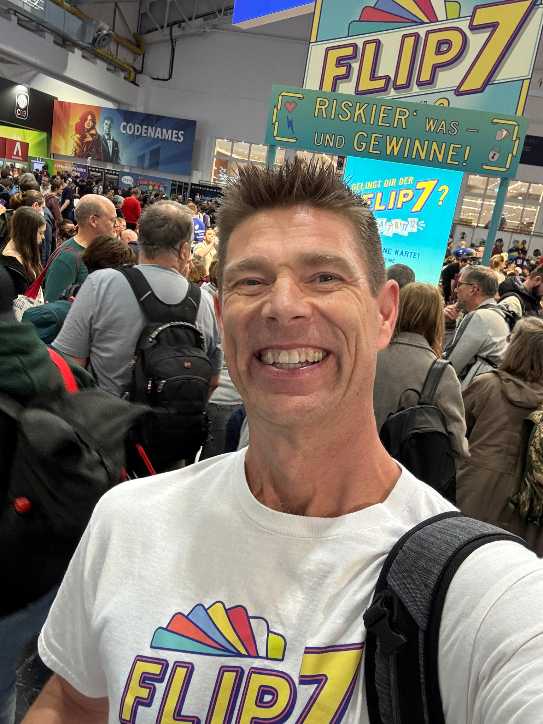
PEOPLE
Catching up with Eric Olsen, The Inventor of Flip 7 and Co-Creator of Messy Table Games
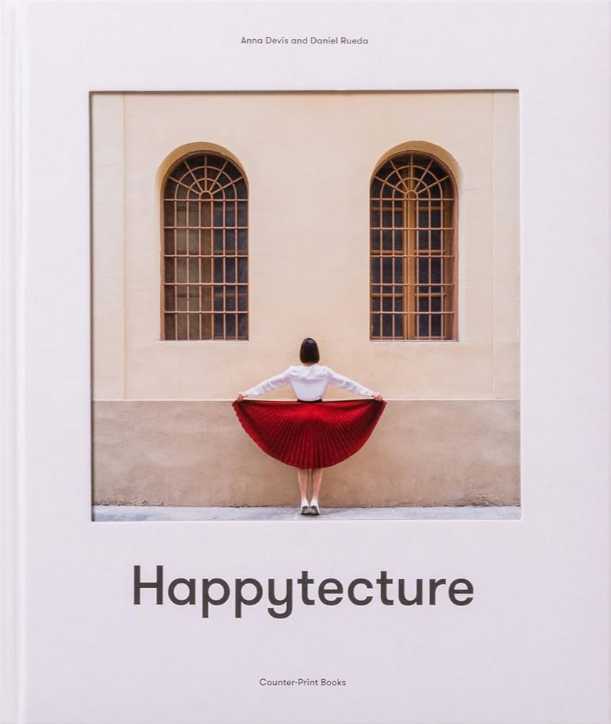
BOOK REVIEWS
Book Review: Happytecture by Anna Devís & Daniel Rueda
See more
POP's Got Talent
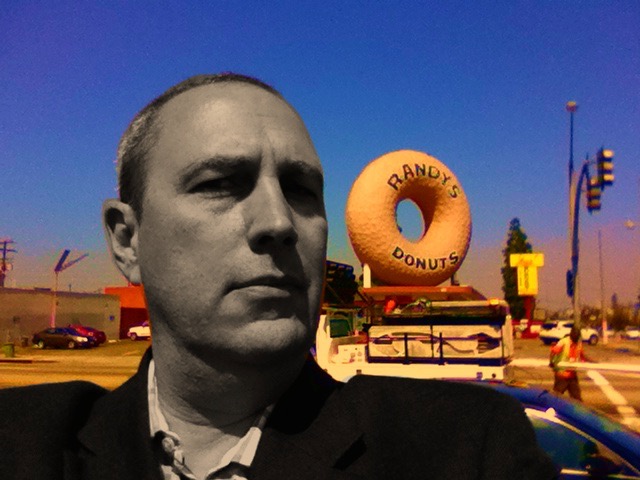
POP Entertainment
Randy Klimpert Shares his Ukulele Collection

POP Entertainment
Steve Casino Peanut Art

POP Entertainment
Everyone's Talking about POP!
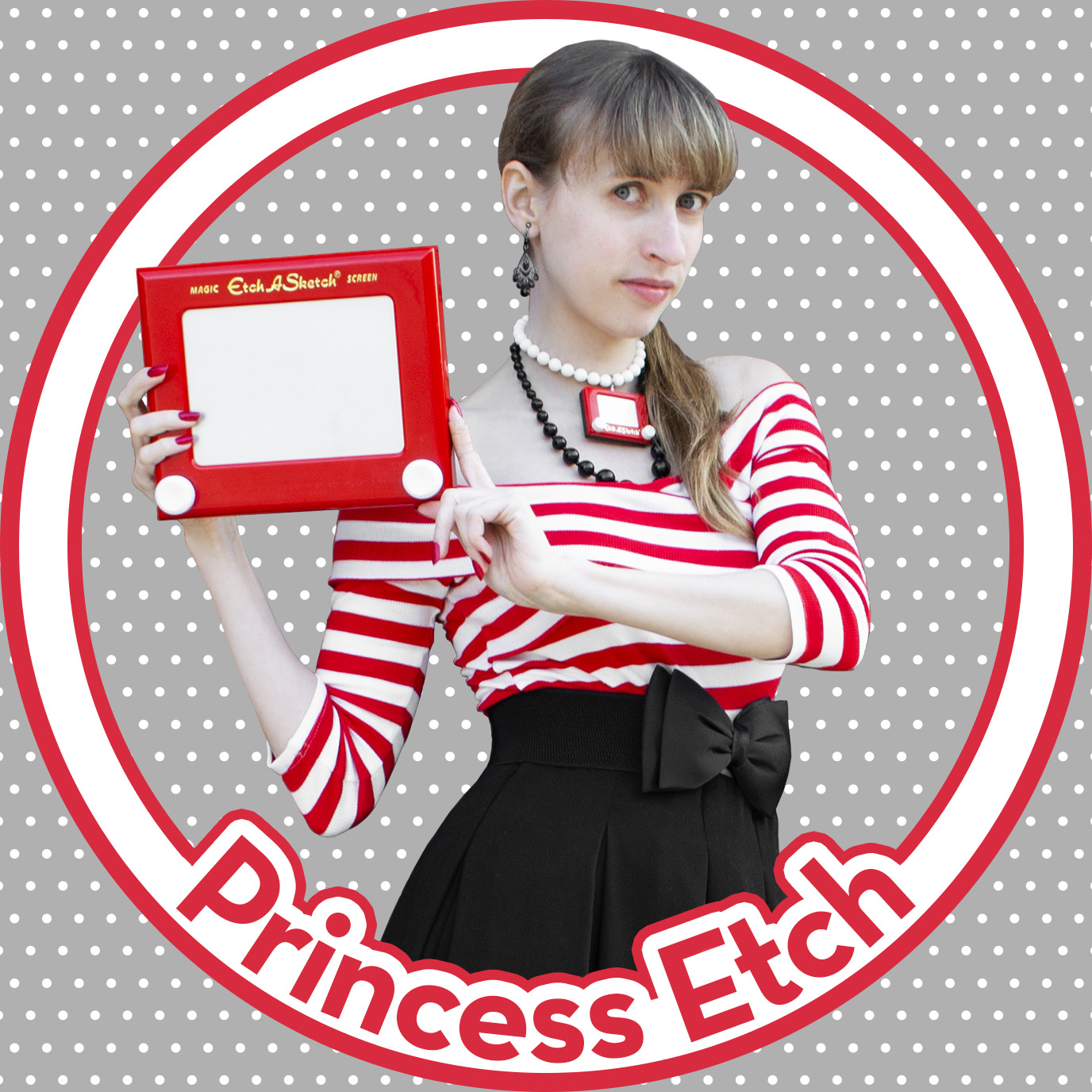
POP Entertainment
Princess Etch - a Multi-Talented Etch A Sketch Artist
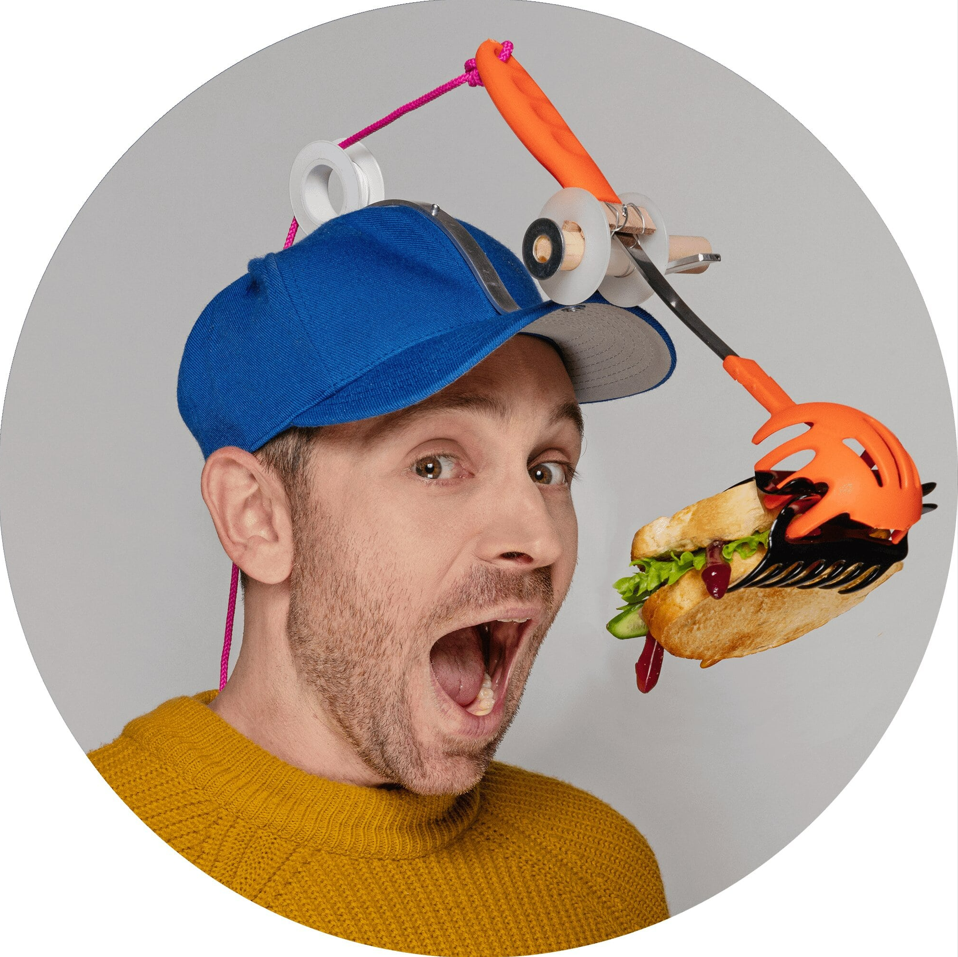
POP Entertainment
Joseph Herscher of Joseph' s Machines.
See more
Recent POPcast
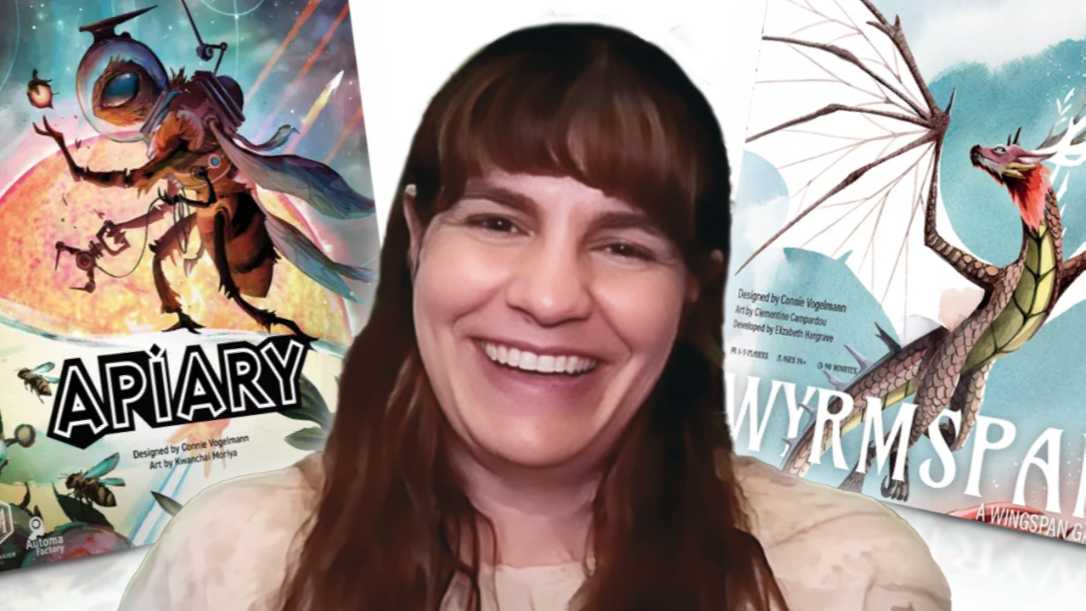
Hidden Role: The Brains Behind your Favorite Games
Connie Vogelmann designed Apiary & Wyrmspan!
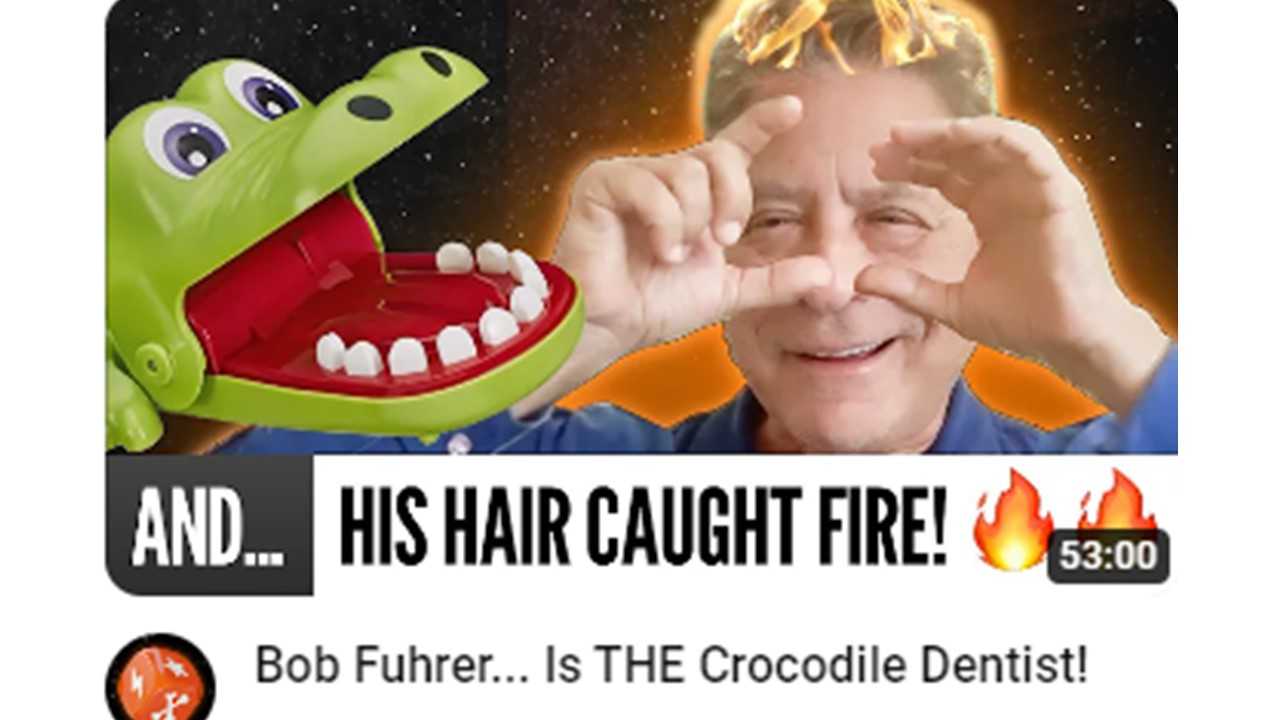
Hidden Role: The Brains Behind your Favorite Games
Bob Fuhrer... Is THE Crocodile Dentist!
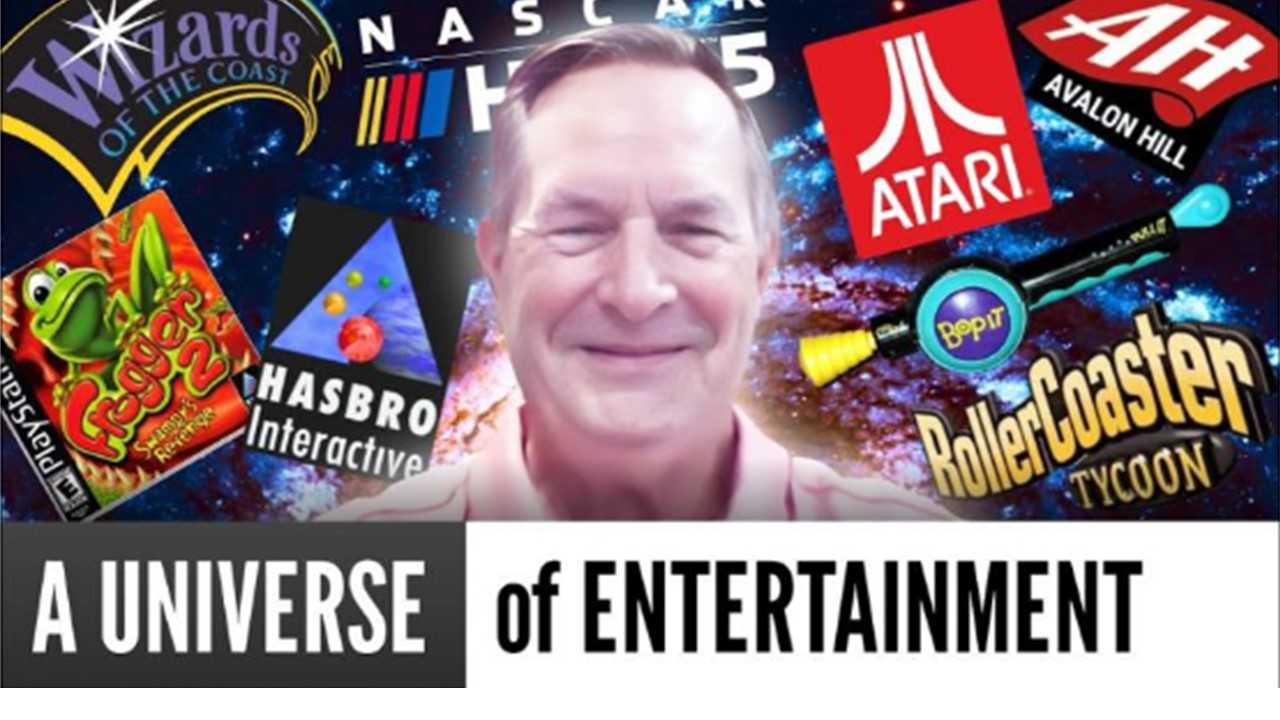
Hidden Role: The Brains Behind your Favorite Games
Tom Dusenberry... Bought Atari, Wizards of the Coast, and Avalon Hill!
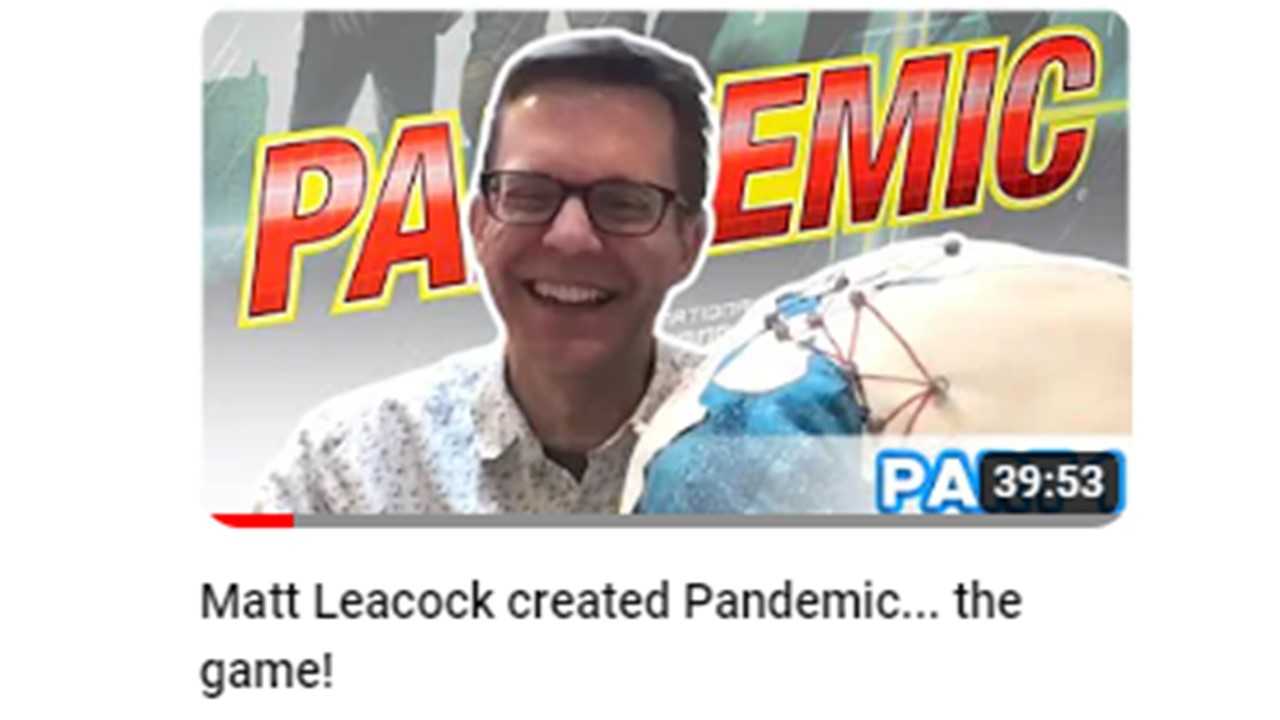
Hidden Role: The Brains Behind your Favorite Games
Matt Leacock created Pandemic... the game!
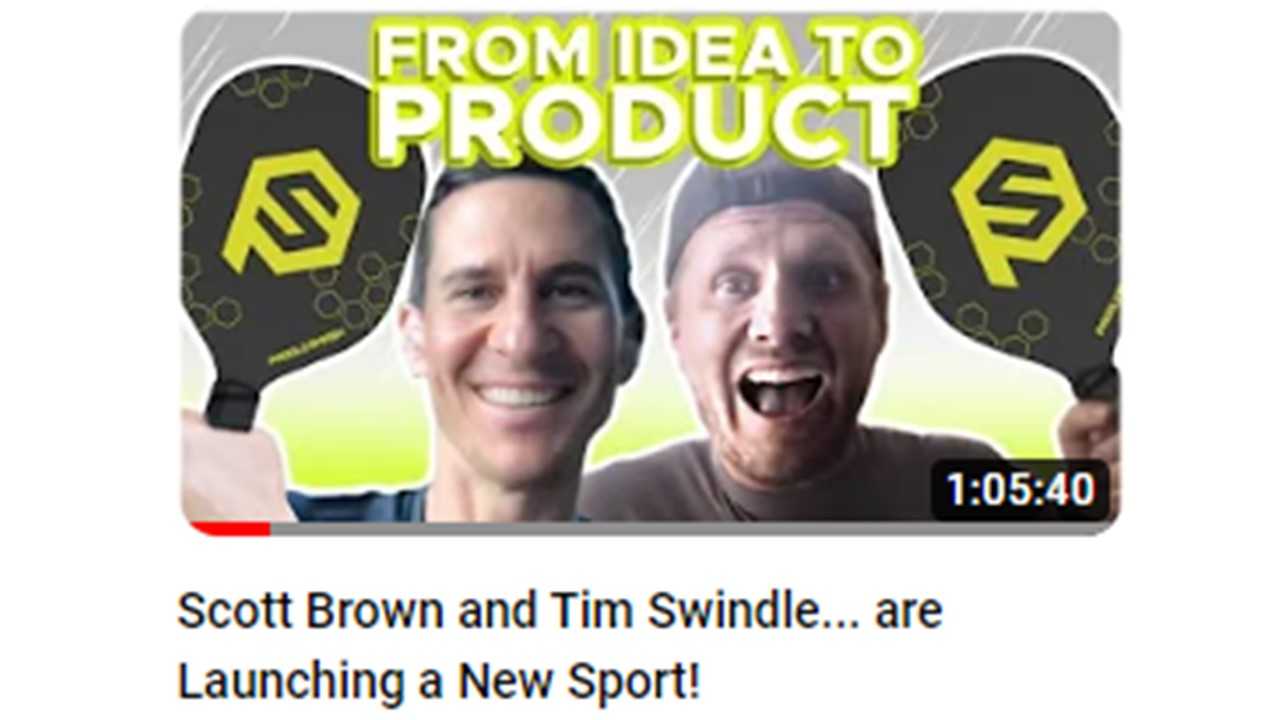
Hidden Role: The Brains Behind your Favorite Games
Scott Brown and Tim Swindle... are Launching a New Sport!
See more
POPDuos

POPDuos: Interviews with Legends and Leaders
POPDuo: Richard Dickson, Mattel’s President & COO, and Kedar Narayan, Young Inventor Challenge AMB

POPDuos: Interviews with Legends and Leaders
POPDuo: Will Shortz and Josh Wardle

POPDuos: Legends and Leaders Explore Creativity
POP Duo: Elan Lee, Co-Founder, Exploding Kittens.and Jeff Probst, Host and Exec Producer, Survivor

POPDuos: Legends and Leaders Explore Creativity
POP Duo: David Fuhrer, MNG Director, Blue Sq Innovations & Shawn Green, past Dodgers & Mets MLB Star

POPDuos: Legends and Leaders Explore Creativity
POP Duo: Bob Fuhrer, Founder, Nextoy and Tom Fazio, Golf Course Designer
See more
